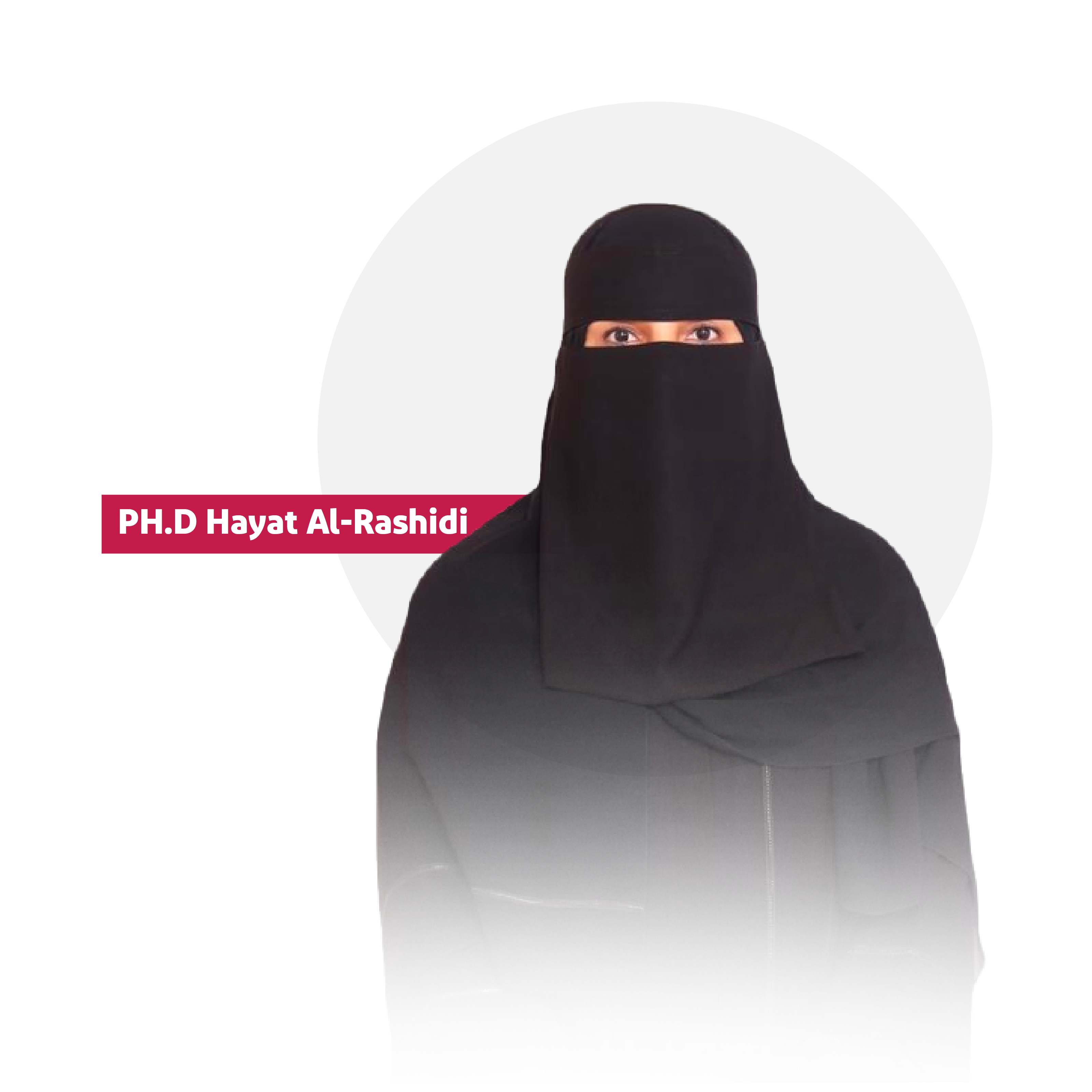
Three Sides and More of the Same Coin
Division has appeared in the Ismaili sect, like all other Shia sects, since its inception. Their several and various terms and names appear in the books of the sects, where all of them indicate many sects and splits within the original Ismaili sect, including the Qarmatians and Assassins.
Among their beliefs claiming that this universe has two gods; described as “the Former and the Next”, which is a Magi belief, yet it still exists even among contemporaries, specifically among their writers and intellectuals.
They believe in embodiment “Al-Holoul”. Prophecy of the Ismailis is acquired, i.e., a person can become a prophet! These two examples are sufficient to reflect their faith.
Though they disagreed on many things, yet they agreed on one thing; that is the elimination of Islam and Muslims, in which they failed.
The Qarmatians: a revolutionary esoteric sect that split from the original Ismaili movement and became a branch thereof. The Qarmatians were a military force that depended for their lives on the raids they launched on neighboring countries. The Qarmatians were among the staunchest enemies of the Abbasids because the latter chased them everywhere and killed many of them.
The Shiite Qarmatians’ status with the Shiite Fatimids was a situation in which there was no courtesy. They were divided by politics that did not accept the creed. After Al-Muizz Li Din Allah took over the Fatimid state, the war began between the Qarmatians and the Fatimids with apparent hostility, where the Fatimids did not leave the remnants of the Qarmatians until they became a small force that ended up in sporadic groups in Persia and Iraq.
History has not recorded for the Shiites a jihad against the infidels, unless they are against the Sunnis, through betrayals in the past and in the present. If not so, why did they not put their strength in the Jews of Israel and their collaborators to expel them from the Holy Land?
History repeats itself, even if we are talking about the sects with their different names; those who yesterday assaulted the holy House of Allah repeat it severally again. They are the Qarmatians who assaulted the House of Allah and violated its sanctity. They killed its pilgrims and builders in the fourth century AH. We also need to talk about the “New Qarmatians” who followed in the footsteps of their ancestors and adopted their way, seeking corruption by targeting the Holy Kaaba. They are the Persians of the era and their lackeys.
The Qarmatians stole the Black Stone in that century and committed some other crimes, which can be tackled in lengthy talks. However, …
Deviating from that subject, the following should be mentioned:
The Ottomans stole the Black Stone 500 years ago, when Suleiman the Magnificent, during Kaaba restoration and renovation of the religious facilities’ complex surrounding it, which dates back to the reign of the Mamluk Sultan Al-Ashraf Qaytbay, ordered his men in Mecca to break pieces of the Black Stone and send them thereto in Istanbul. It might be that Suleiman wanted to obtain these pieces for the supernatural spiritual energy they claim exist in the Black Stone, according to their Sufi belief.
Among the key reasons that prompted Suleiman the Magnificent to issue the order to obtain pieces of the Black Stone is the symbolic expression of his being the sole legitimate Islamic ruler in the world, since his possessions include Makkah Al-Mukarramah and Kaaba therein. In pursuit of this symbolic vision, one of these pieces was placed at the entrance to the mausoleum of Suleiman the Magnificent, in which he was buried.
As for the other pieces that were stolen from the Black Stone, they were used in new Ottoman facilities that were built in the years following his death, including the piece with which the Eski mosque was decorated in the state of Edirne, northwest of the state. This is in addition to complete pieces of stone that decorate the Mosque of Sokollu Mehmed Pasha in Istanbul.
They did not return those pieces because they depend on them to attract tourists to Sokollu Mosque. Turkish people take pride in the influx of tourists from inside and outside Turkey to that historical mosque to touch the Black Stone pieces and enjoy the mosque’s wonderful architecture. The mosque receives thousands of Turkish people during the month of Ramadan to see the cut stones.
Coins fluctuate and their sides are the same….

